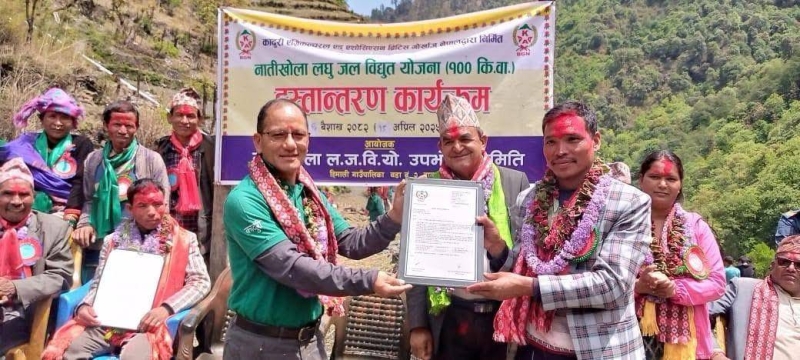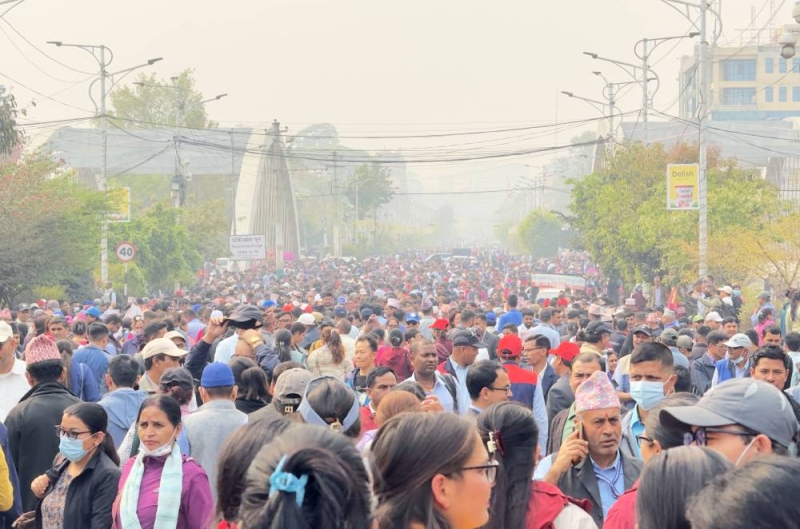Projection for economic recovery remains same: ADB
Projection for economic recovery remains same: ADB
Published: 03:41 am Sep 28, 2016
Kathmandu, September 27 The Asian Development Bank Outlook 2016 Update unveiled today shows the projection for economic recovery in the current fiscal remains unchanged as reconstruction is expected to accelerate markedly, the adverse effects on trade and supply from the Tarai unrest have receded, and the monsoon appears to be favourable. Gross domestic product (GDP) growth slowed in the previous fiscal (ended July 15, 2016) even more than forecast in Asian Development Outlook 2016. The depressed result following 5.7 per cent growth achieved in fiscal year 2015 reflected lost income and productive capacity following large earthquakes in April and May of 2015, delays in reconstruction, unrest in the Tarai region bordering India that seriously disrupted trade and supply from September 2015 to February 2016, and an unfavourable monsoon for the second year running. Agriculture and services expanded only slightly, with trade, transport, and tourism (collectively 25 per cent of GDP) either growing only marginally or contracting, as per the update of ADB’s flagship annual economic publication — Asian Development Outlook. “Trade disruption and delays in reconstruction pushed manufacturing and construction down sharply in past fiscal.” However, acknowledging that the rehabilitation and reconstruction activities have picked up after the National Reconstruction Authority became operational in early 2016, the report says the budget for the current fiscal envisages allocations of 42 per cent higher for recurrent expenditures, 95 per cent higher for capital expenditures including rehabilitation and reconstruction, and a deficit of 10 per cent of GDP, reversing a surplus of 1.4 per cent in past fiscal. “However, as capital expenditure historically falls short to an average of 77 per cent of allocation because of inadequate project planning and implementation, actual capital spending and the realised deficit will likely be smaller than projected in the budget. It will nevertheless stimulate growth.” The quakes and trade disruptions, coupled with weak agricultural production, exacerbated inflation, which rose sharply in past fiscal for food and other goods but a bit less than forecast in Asian Development Outlook 2016. The differential from inflation in India, to whose currency the Nepali rupee is pegged, rose to 4.7 percentage points on acute trade shortages, rendering exports less competitive. The inflation forecast for current fiscal has been revised up to 8.5 per cent in spite of improved agricultural production and trade flows, and higher government spending to rebuild will bring a surge in domestic demand. “Monetary policy will, thus, need to restrain inflation and defend the currency peg even as it supports growth. The introduction of an interest rate corridor in current fiscal should improve the authorities’ management of liquidity and the monetary transmission mechanism and, along with ample foreign exchange reserves, equip them to achieve their objectives.”





